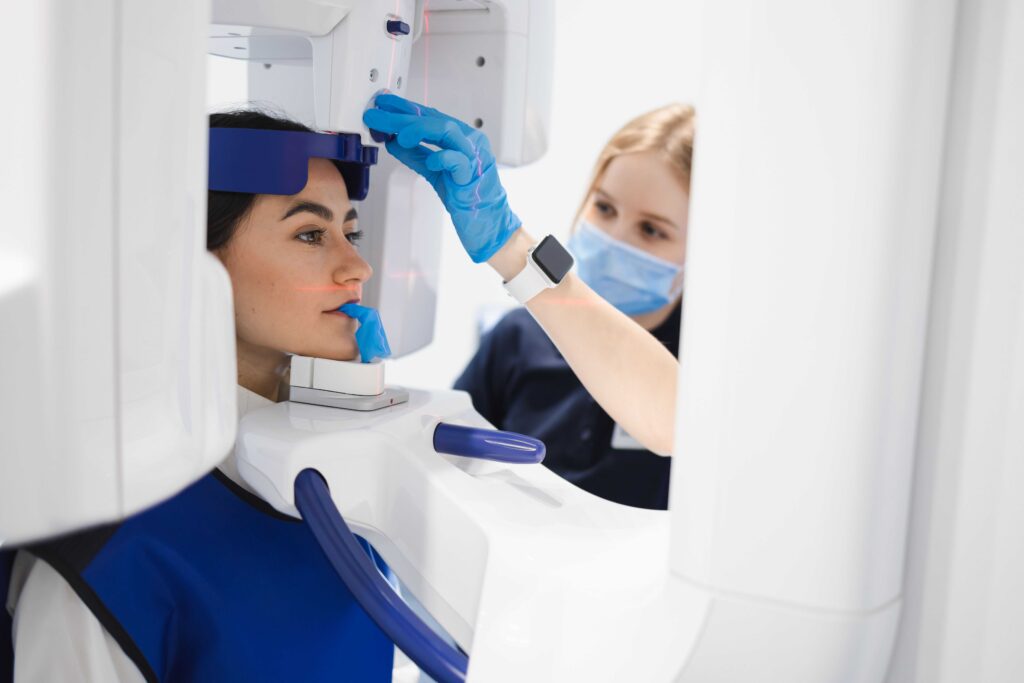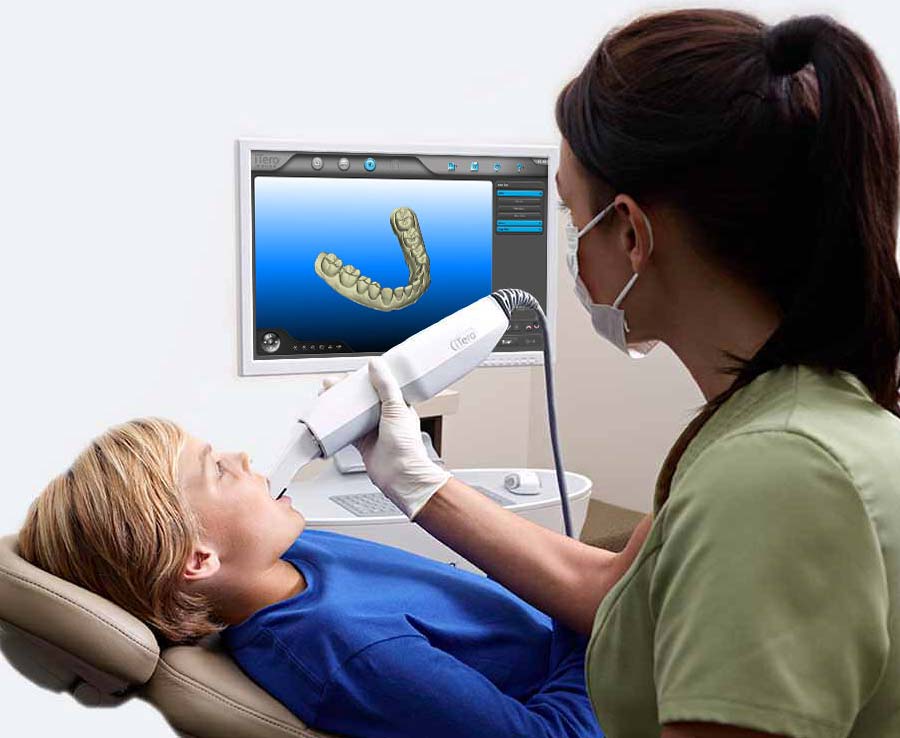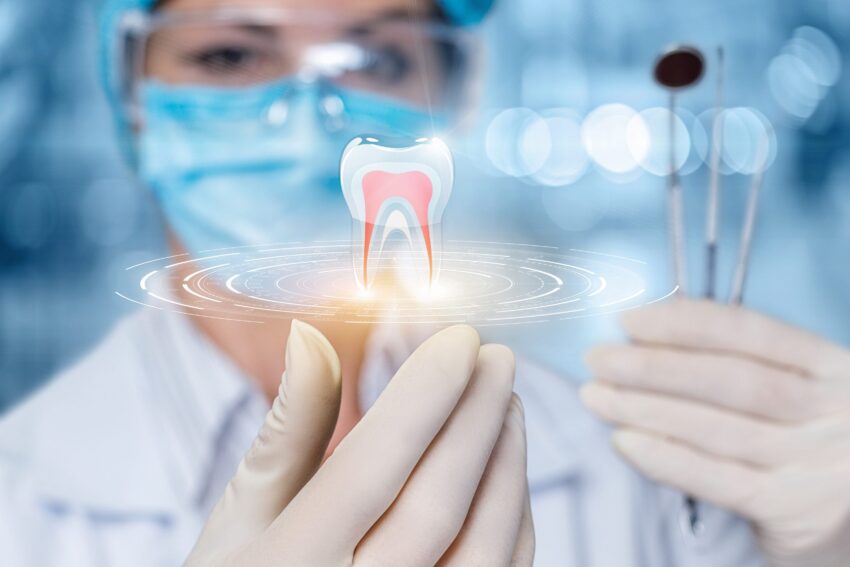Orthodontics has come a long way over the years, from traditional metal braces to more modern forms of treatment. Advancements in technology have revolutionized the way orthodontists now approach treatment. Along with providing more efficient solutions for patients, these state-of-the-art tools and techniques also help lower the risk of complications and errors during treatment. In this blog post, we will delve into the fascinating role that technology plays in modern orthodontics.
3D Imaging

One of the most significant breakthroughs in modern orthodontics is the use of 3D imaging. With this technology, orthodontists can now get a clear and precise view of a patient’s teeth and jaws. This is done using a special scanner that takes 3D images of the mouth, providing detailed information that is not obtainable with conventional X-rays. With this information, orthodontists can diagnose complex problems, plan treatments with greater accuracy, and keep track of progress throughout treatment.
Digital Impressions
Another technological advancement that has revolutionized orthodontics is the use of digital impressions. Digital impressions are computer-generated 3D images of a patient’s teeth and gums. They are obtained using a wand-like device that captures images of the teeth and gums and then creates a digital model of the patient’s mouth. Digital impressions are much more comfortable for patients than traditional impressions and are more accurate too. This means patients can now get precise and customized orthodontic treatment.

Computer-Aided Treatment Planning
Orthodontists can now use computer-aided treatment planning to design and plan treatments. This involves using computer software to model and simulate how different orthodontic appliances will affect a patient’s teeth over time. This helps orthodontists choose the best treatment options for their patients, providing better outcomes. Computer-aided treatment planning also enables orthodontists to communicate their plans more effectively with patients, giving them a better understanding of what to expect during treatment.
Self-Ligating Brackets

In recent years, self-ligating brackets have become popular among orthodontists. These brackets do not require the use of elastic bands to hold the wire in place as they use a built-in gate mechanism instead. The gate secures the wire, reducing the need for frequent adjustment and potentially shortening treatment time. Self-ligating braces are also more comfortable and hygienic for patients.
Invisalign
Invisalign is a clear aligner system that has become popular over the years. It uses computer-aided treatment planning to create a series of custom-made, transparent aligners. These aligners gradually move the teeth to their desired position. Invisalign is a great alternative to traditional braces, as they are virtually invisible, more comfortable, and easy to remove. Furthermore, Invisalign can treat mild to moderate malocclusions in most adult patients.
Technological advancements have made it easier for orthodontists to provide their patients with more efficient, accurate, and comfortable treatment options. They also enable patients to have a better understanding of their treatment options and overall progress toward a healthy and beautiful smile. If you are considering orthodontic treatment, advancements in technology have made the process easier and faster!
Saskatoon – Stephenson Orthodontics
Come see us for your FREE consultation (no referral necessary!). Book below, @ www.drtooth.ca or call 306-653-3955!
Stephenson Orthodontics
301 The Tower at Midtown
201 1st Ave South
Saskatoon, Saskatchewan
S7K 1J5



